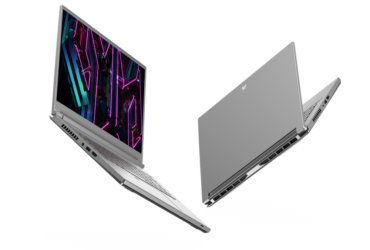Local media have reported that out-of-orbit Chinese space station Tiangong-1 may crash down to earth in several months’ time. It is speculated that wreckage and debris from the space station may hit major cities including Kuala Lumpur.
In an official statement, National Space Agency (ANGKASA)Director General Dr. Noordin Ahmad remarked that it is highly unlikely that Tiangong-1 will crash in Malaysia.
The possibility of it crashing on our shores covers an area of 43 degrees north and 43 degrees south, which translates to a surface area of 347,860,000 square kilometres.
That spans countries like Singapore, Sydney (Australia), Florida (United States of America) and Beijing (China).
Kuala Lumpur has an area size of 243.65 square kilometres and that translates to a probability of 0.0000699%. You’re more likely to hit the lottery. And by the way, if you take Malaysia as a whole, the possibility of any debris or wreckage hitting Malaysia is only 0.09%.
The official statement also pointed out notes by the Chinese to the United Nations (UN), which explained that most of the components and structures from the space station will disintegrate upon entering the earth’s atmosphere.
The possibility of any leftover debris from the wreckage re-entry is unlikely to cause damage to aircraft and ground activities.
The note dated 4 May 2017 (reference no: AC.105/1150) can be referenced at United Nation of Outer Space Affair (UNOOSA).
The China National Space Administration (CNSA) says it will continue to monitor the situation, and will be posting regular updates on its website at www.cmse.gov.cn.
Other space agencies including ESA, NASA, JAXA and CNSA are also monitoring the Tiangong-1.
If you’re interested, you can track the decaying space station via this website.
Tiangong-1 (“Heavenly Palace 1”) is China’s first prototype space station that serves as a manned laboratory and experimental testbed. It was launched on 29 September 2011.
It was projected to be deorbited in 2013, to be replaced by larger Tiangong-2 and Tiangong-3 modules. However, it is currently still aloft, albeit in a decaying orbit.
It is expected to re-enter the atmosphere between January and March 2018.











